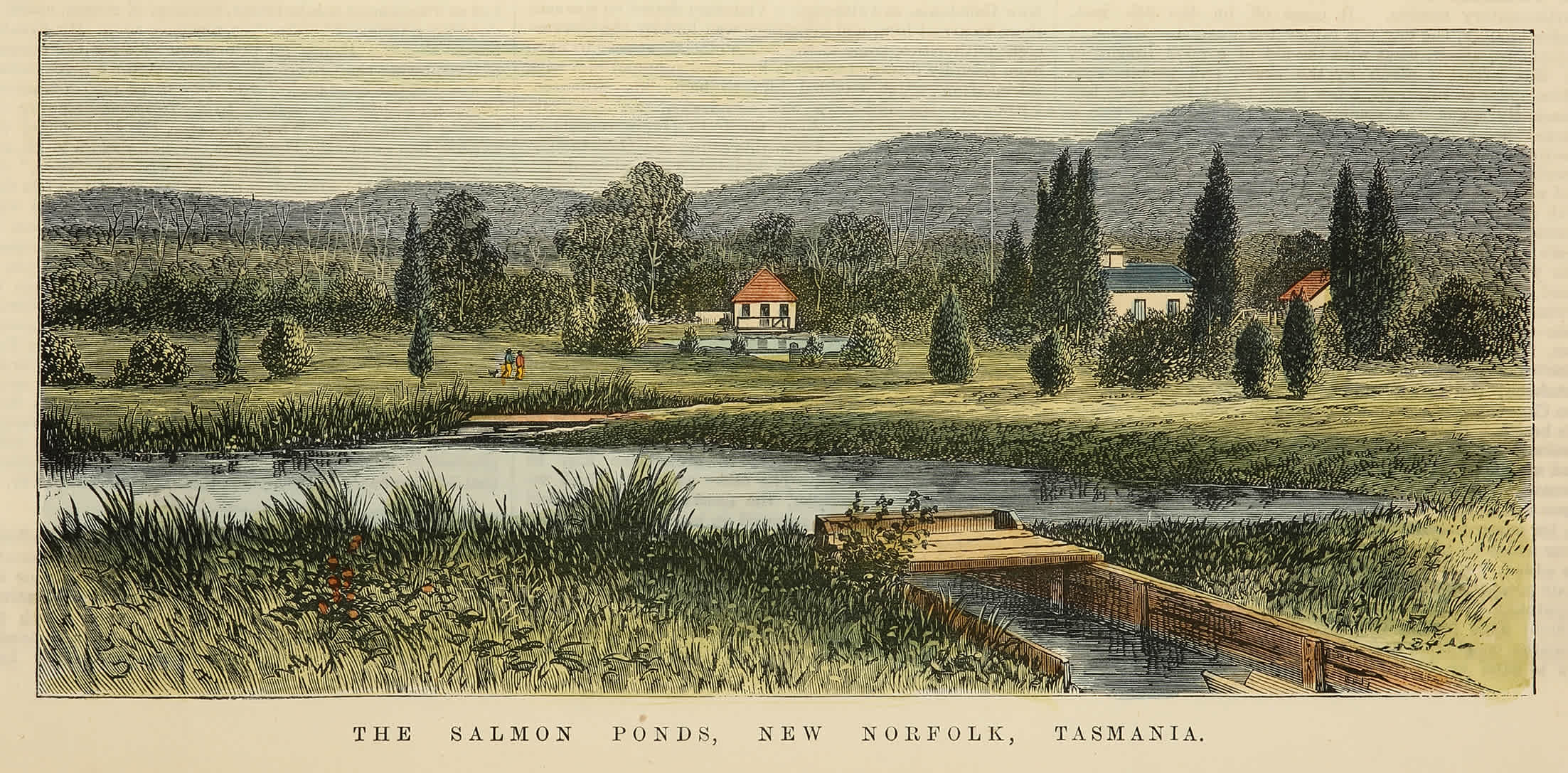In the absence of a truly national competition, I have been an Essendon supporter since I was first asked, as a kid at Smithton Primary School in the mid-1960s, who I barracked for. At the time, the only place in Melbourne I’d ever heard of (apart from Melbourne itself) that had a football team was Essendon, and that was because, in those pre-Tullamarine days, we transited at Essendon Airport en route to visit my grandparents in Sydney.
And so the Tassie boy without a Tassie team became an Essendon supporter.
I managed to be at the MCG to see Essendon win five Premierships during my almost 32 years of living in Melbourne (which is more than any Collingwood fan can boast). But during the past two decades I’d begun to doubt that I’d ever see another one.
And I’d certainly doubted that, having returned to Tasmania at the end of 2014, I would ever see the Bombers play here – given former AFL boss Andrew Demetriou’s view, which his successor appears to share, that staging games which are important to the outcome for the season, or which might draw large crowds, in Tasmania is a “mistake”.
So it was with considerable pleasure and anticipation that I was able, on June 20, 2021, to take my 19-year-old daughter Caroline and my almost-14-year-old son Jonathan to Launceston to join 14,831 other Tasmanians to watch Essendon take on Hawthorn at York Park (to which the game had been re-located because of Covid-related restrictions on crowd numbers in Melbourne).
And what a great game it was, for me reminiscent of some of the great tussles I saw between the Bombers under Kevin Sheedy and the Hawks under Allan Jeans in the 1980s. The result – a 13-point win for the Bombers – was even better.
And what a stunning rebuke the turn-out was to those in the AFL hierarchy, and others, who have repeatedly tried to use the low turnouts for games between Hawthorn or North Melbourne and non-Victorian mainland clubs as "evidence" that there isn’t sufficient support in Tasmania for a team of our own.
As I wrote in the first of this series of articles, the AFL’s long-standing attitude to Tasmania seems to have been that our role in what they call a national competition is to send any good players we might have to play for mainland-based clubs, and to hand over state taxpayers’ money to subsidise games between Hawthorn or North Melbourne and teams from Western or South Australia, New South Wales or Queensland, who have almost no followers in Melbourne and even fewer in Tasmania, and which would lose money if staged at the MCG or Docklands Stadium.
Thus, since the inception of AFL games in Tasmania, we’ve seen Fremantle here 12 times, Brisbane and Port Adelaide 11 times each, West Coast 10 times, Adelaide eight, GWS seven, and Gold Coast six, It says a lot about how far Carlton has fallen that they’ve been allowed to play in Tasmania twice in recent years; Melbourne and the Western Bulldogs have also been here twice, and Richmond has been here once – though not since it has have once again become one of the competition’s powerhouse teams.
But not Essendon – until last Sunday – and not Collingwood.
Whatever novelty value there might have been in games such as Hawthorn vs the Gold Coast or North Melbourne vs Fremantle has well and truly worn off. Why should Tasmanian football fans be expected to turn up to watch games that no-one in Melbourne wants to see, in order to “prove” that they are worthy of having a team of their own?
No-one ever insisted that people in Brisbane or the Gold Coast had to turn up in their tens of thousands to watch games between (say) Fremantle and Port Adelaide in order for them to have teams of their own. No-one set a minimum attendance for games between (say) West Coast and Brisbane at the SCG before Sydney got a second team. Indeed, it doesn’t seem to bother the AFL hierarchy that hardly anyone turns up when the Gold Coast or ‘Greater’ Western Sydney play games at their own home grounds.
Likewise, no-one ever insisted that Brisbane, Gold Coast, Sydney or Perth erect roofs over their stadiums before being granted an AFL team licence – as former Collingwood President Eddie McGuire has done – even though it rains less in Hobart than it does in any of these cities, or indeed for that matter in Melbourne.
The AFL continues to indicate that it will clutch at any straw, or use any contrivance, to deny Tasmania its own team in what it continues, misleadingly, to call its “national” competition.
The suggestion that a Tasmanian team wouldn’t be commercially viable has been shown, time and again, to be nonsense (and even if it weren’t, the lack of commercial viability doesn’t seem to be an obstacle for Gold Coast). And the suggestion that there is not sufficient community support in Tasmania for a team of our own has yet again been resoundingly refuted by Tasmanian footy fans voting with their feet.
Tasmanian fans should not have to put up with being treated with contempt any longer.
Saul Eslake came to Tasmania with his parents as an eight-year old. He went to primary school in Smithton, and high school and university in Hobart (graduating with a First Class Honours degree in Economics from UTas). Like so many in that era, he went to the mainland for work, initially at the Treasury in Canberra, before spending almost 32 years in Melbourne, working as (among other things) chief economist of the ANZ Bank for 14 years and chief economist (Australia & New Zealand) for Bank of America Merrill Lynch for 3½ years. In 2015 he came home to establish his own business, Corinna Economic Advisory. Saul Eslake is a Vice-Chancellor’s Fellow at UTas, and a non-executive director of the Macquarie Point Development Corporation.








